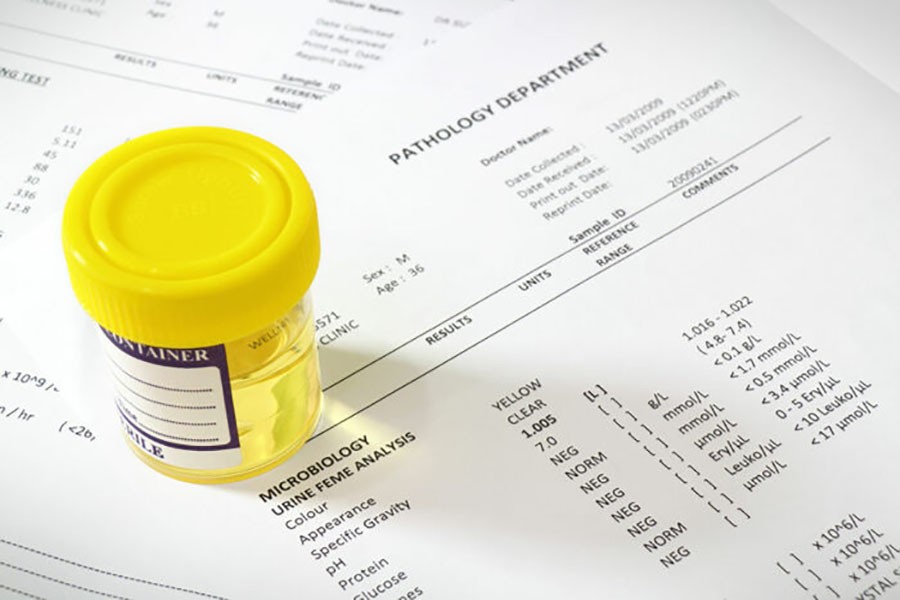A study of the Washington University School of Medicine in St Louis indicates that making a simple change to the electronic system used by doctors to order urine tests can cut by nearly half the number of bacterial culture tests ordered without compromising the ability to identify people who need treatment for urinary tract infections (UTIs).
According to a news release posted on the university's website Thursday, the researchers at the university made two changes to encourage more informative urine testing at Barnes-Jewish Hospital. First, they sent an email to all clinicians explaining the rationale behind ordering a urine dipstick test for signs of infection before ordering a bacterial culture test; then they changed the electronic ordering system by setting the default to a urine dipstick test followed by a bacterial culture test, rather than a culture test alone, which had previously been the first option.
The researchers compared all urine culture tests ordered at Barnes-Jewish Hospital in the 15 months before the intervention, staged in April 2016 to the 15 months after. Before the intervention, doctors ordered 15,746 urine cultures, or 38 orders per 1,000 patient-days. After, they ordered 45 per cent fewer: 8,823 total or 21 orders per 1,000 patient-days.
In particular, the number of urine cultures from people with catheters who are at high risk of UTIs dropped from 7.8 to 1.9 per 1,000 patient-days while the number of catheter-associated UTIs did not change at all. There were 125 diagnosed catheter-associated UTIs in each time period, reports Xinhua.
"Everyone always worries that by ordering fewer urine cultures we might miss some UTIs, but we showed that we did not," said senior author and infectious diseases specialist David K Warren, a professor of medicine at the university.
Since it costs about 15 dollars to perform a urine culture, the intervention saved approximately 104,000 dollars in laboratory costs alone over the 15-month period. Previous studies have shown that minimising unwarranted testing does reduce antibiotic overuse.
Bacteria in a person's bladder can cause UTIs, which are characterised by burning or pain while urinating, frequent urges to urinate and fever. UTIs are treated with antibiotics. But some people, often elderly people or those with diabetes, harbour harmless bacterial communities in their bladders that do not need to be treated with antibiotics.
The study is published on Feb 21 in Infection Control and Hospital Epidemiology.


